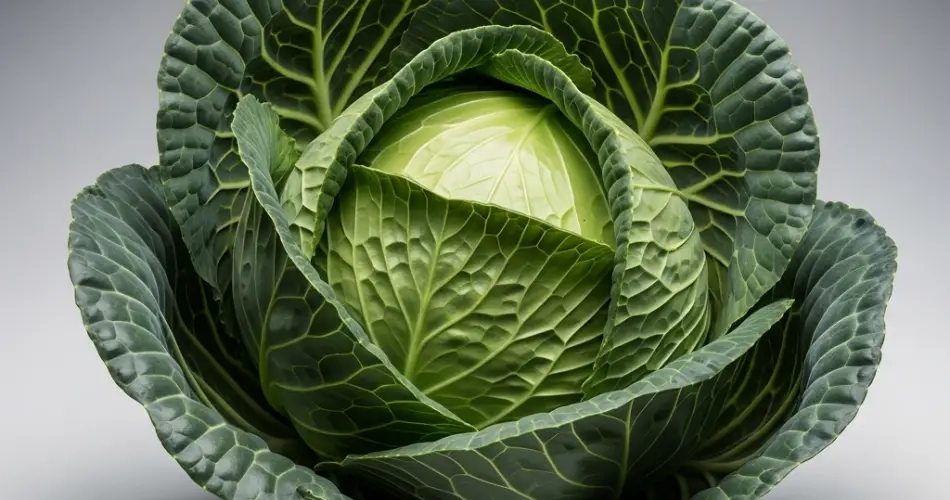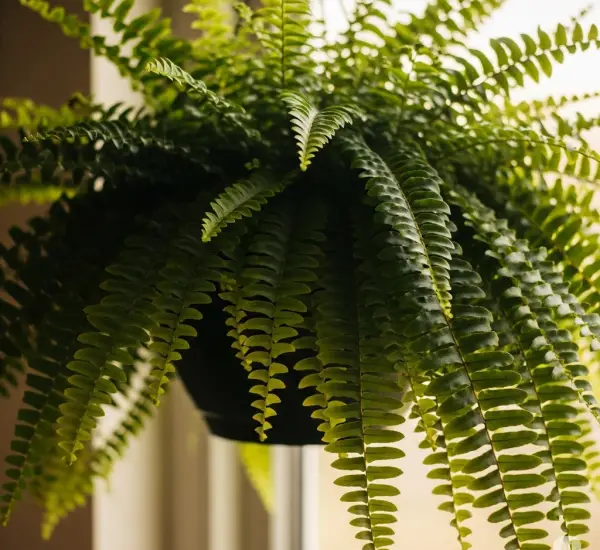Cabbage is a nutritious and versatile vegetable, but it’s also a favorite target for garden pests. Cabbage worms, aphids, cabbage loopers, and flea beetles can quickly destroy a cabbage patch if left unchecked. Thankfully, you don’t need to rely on chemicals to protect your crop. Nature provides a smart and sustainable solution: companion planting.
By surrounding your cabbage with the right companion plants, you can reduce pest pressure, boost growth, and even improve flavor. Here’s a detailed look at the best cabbage companion plants to deter pests and help your garden thrive naturally.
Why Use Companion Plants for Cabbage?
Cabbage belongs to the Brassicaceae family, which includes broccoli, cauliflower, kale, and Brussels sprouts. These plants are often attacked by the same pests, making cabbage particularly vulnerable.
Companion planting works in several ways:
-
Repels harmful insects through scent or chemical compounds.
-
Attracts beneficial insects like ladybugs and parasitic wasps that prey on pests.
-
Improves soil health and nutrient availability.
-
Creates natural barriers that confuse or discourage pests from settling in.
Best Companion Plants for Cabbage
1. Marigolds
Marigolds are famous for their pest-repelling abilities. Their strong scent helps deter aphids, whiteflies, and nematodes. When planted around cabbage, they act as a colorful natural barrier that keeps many harmful insects at bay.
Tip: Use French marigolds, which are particularly effective against soil-borne pests.
2. Thyme
Thyme is an excellent companion for cabbage due to its strong aroma, which repels cabbage worms and loopers. It also attracts beneficial insects like predatory wasps that feed on caterpillars.
How to use: Plant thyme as a border or between cabbage rows for maximum coverage.
3. Dill
Dill attracts helpful insects like ladybugs, lacewings, and parasitic wasps—all of which prey on cabbage-eating pests. It also serves as a trap crop for aphids, drawing them away from your cabbage.
Caution: Don’t plant dill too close to carrots, as the two can stunt each other’s growth.
4. Sage
Sage is another aromatic herb that helps deter cabbage moths and flea beetles. Its scent confuses these pests and prevents them from locating cabbage plants.
Planting tip: Interplant sage throughout the cabbage bed, or place pots of sage nearby if you’re limited on space.
5. Mint
Mint repels flea beetles and cabbage moths with its intense aroma. However, mint spreads aggressively, so it’s best to grow it in containers near your cabbage patch.
Pro tip: Crushed mint leaves can also be scattered around cabbage plants as a pest deterrent.
6. Onions and Garlic
Members of the allium family, such as onions, garlic, and chives, are natural pest repellents. Their sulfur compounds repel cabbage worms, aphids, and other soft-bodied insects.
Spacing tip: These plants don’t compete heavily with cabbage for nutrients and can be tucked into gaps around your main crops.
7. Nasturtiums
Nasturtiums act as a trap crop, attracting aphids, cabbage worms, and flea beetles away from cabbage. Their sprawling growth also helps suppress weeds and protect soil moisture.
Bonus: Nasturtium flowers are edible and add color and spice to salads.
8. Chamomile
Chamomile improves the overall health of many nearby plants, including cabbage. It attracts beneficial insects and can subtly enhance the flavor of cabbage when grown close by.
Use it as: A companion border or planted in corners of raised beds.
Plants to Avoid Near Cabbage
Some plants do more harm than good when grown near cabbage. Avoid these to prevent stunted growth or increased pest problems:
-
Tomatoes: Compete with cabbage for nutrients and may attract pests.
-
Strawberries: Share similar pests and can worsen infestations.
-
Pole beans: Their growth can shade cabbage too much, reducing yield.
-
Grapes: Tend to draw aphids and don’t benefit from cabbage as a companion.
Additional Tips for Growing Healthy Cabbage
-
Rotate crops each season to avoid buildup of cabbage pests in the soil.
-
Keep the area weed-free, as weeds can harbor insect pests.
-
Mulch with straw or leaves to keep the soil moist and prevent weeds.
-
Use companion planting in combination with hand-picking or natural sprays if infestations begin.
Final Thoughts
Companion planting is a natural, low-maintenance way to protect cabbage from common garden pests. Herbs like thyme, dill, sage, and mint act as insect deterrents, while flowers such as marigolds and nasturtiums offer both beauty and protection. Combining these plants in your garden not only strengthens your cabbage crop but also encourages a balanced and biodiverse ecosystem.
With the right companions, your cabbage can grow healthier, tastier, and more resilient—no chemicals required.



